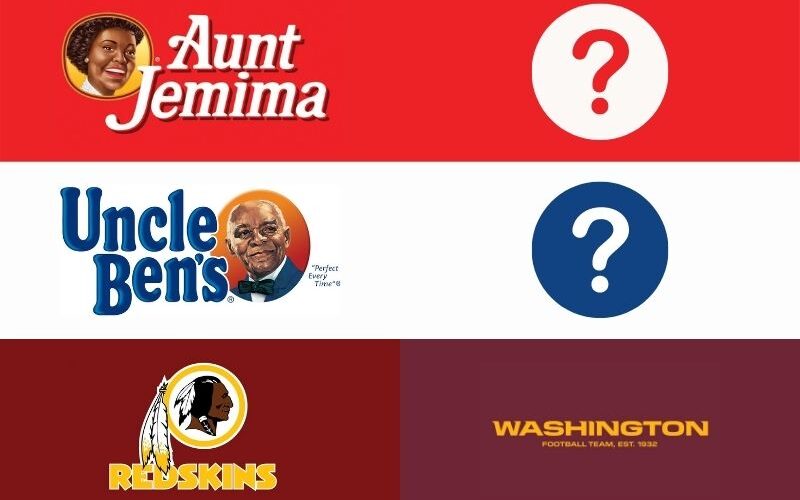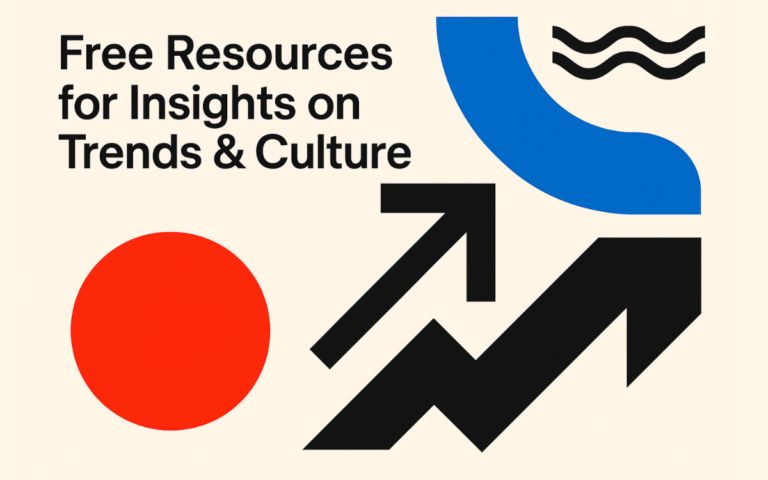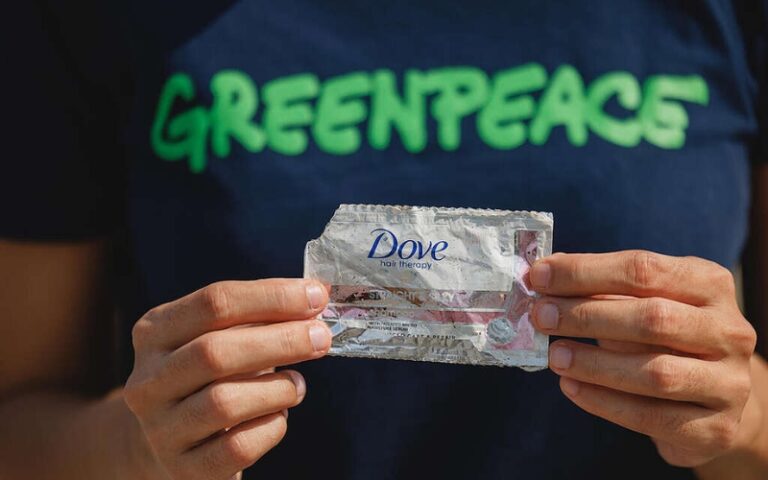Controversial branding has taken center stage this summer. Consumers are holding brands accountable, demanding companies make changes to names, campaigns, and visuals deemed overtly insensitive.
In light of the powerful movement to abolish racism in all forms, many companies are finally listening to audiences and have decided to evolve their product names and visual branding.
Aunt Jemima, Uncle Ben’s, Mrs. Butterworth’s, Cream of Wheat, Washington Redskins, and the Dixie Chicks are a few brands that have received an overwhelming amount of criticism for having names, logos, and images rooted in racial stereotypes and insensitivities.
The feedback has prompted companies to recognize concerns and make active changes to their overall branding. Times have changed, and evolving your brand for a modern audience is the right thing to do. Additionally, failure to listen to audiences may permanently damage your brand. In fact, according to a study by Harris Interactive, 35 percent of consumers will not purchase from a brand that releases an offensive ad.
Brands are not siloed from the world around them and instead must adapt to our continuously evolving culture.
Proven Systems for Business Owners, Marketers, and Agencies
→ Our mini-course helps you audit and refine an existing brand in 15 days, just 15 minutes a day.
→ The Ultimate Brand Building System is your step-by-step blueprint to building and scaling powerful brands from scratch.
Table of Contents
Ignorance is Not Bliss

With the amount of knowledge and resources at our fingertips, pleading ignorance is no longer an excuse for brands. Companies must be aware and take responsibility for how their messaging can impact consumers, especially when naming a business or product.
To prevent a branding catastrophe, teams should thoroughly research and be highly aware of messaging sensitivities. Consuming news and social listening should be an ongoing practice to keep you and your team abreast of consumer sentiment.
It’s essential to not only be aware of what might be offensive, but brands should also research new ways they can celebrate diversity or ignite joy during a time of such uncertainty.
For example, John Krasinski launched a YouTube channel at the start of the quarantine. Some Good News was a series in which he highlighted positive video clips that were occurring in the world during a time of darkness. The logo for the show was designed by his daughters, highlighting both hope and innocence.
Ask the Audience, Then Listen
Sometimes it’s hard to immediately know that a component to your branding is offensive. This is when audience testing becomes vital.
We all have unconscious bias. When it’s not examined and unearthed, they often reveal themselves through stereotypes in names and visuals. Stereotyping was used in traditional advertising efforts to get across messages to a vast number of people swiftly.
Today, this form of advertising is not only lazy. It’s generally offensive.
Through proper audience testing, you can check your unconscious bias at the door and gauge whether your favorite names or campaigns resonate with audiences. As you put together your test, it’s important to consider cost, depth, and quantity. Ideally, a company should reach out to a thousand individuals. This will give your company a sizable pool to properly survey your name or branding options.
Create a Brand Rooted in Substance
When developing your brand, it should go beyond what’s “trending” and looks “cool”.
To build a brand that lasts, it’s important to develop materials, collateral, visuals, and design rooted in meaning.
The first step is to identify who you are as a company. Take a look at your original business plan and define what your company stands for.
Evaluate your values, mission, and vision statements. Determine how this can be interpreted in your brand’s tone and look. The more genuine you can be during this process, the more authentic your branding will be.
Audiences care about authenticity, now more than ever. In fact, 90 percent of consumers said that authenticity is important when deciding which brands they support according to a Stackla survey.
Creating a brand of substance from the beginning will resonate with customers in the end.
Build a Diverse Community

As we mentioned before, unconscious bias may inhibit us from immediately acknowledging controversial or offensive names or branding. This is why it’s essential to build a diverse community through hiring, networking, and actively engaging.
Recently, more online communities have developed specifically to address racial issues in marketing and branding. Join these groups and participate in the conversation. Don’t be afraid to ask for branding feedback, but be ready to listen to constructive criticism.
Another place you can build your diverse community is through social media. Engage with customers, potential customers, suppliers, partners, and non-profits from all backgrounds.
By developing a diverse network, you will only enhance the depth and reach of your brand.
In Conclusion
What we’re witnessing with big-box retailers is a plethora of reactive as opposed to proactive change.
Let’s be proactive. Let’s create ethical brands.
Take the time to do your research and adequately audience test before rolling out a brand name or campaign. If you already have a brand name and visuals, be sure to reevaluate its components every year.
Ensure that your branding isn’t objectionable, not just through your lens, but through the lens of a diverse audience.

About the Author
Darpan Munjal is the founder and CEO of Squadhelp.com, the world’s #1 brand naming platform, and two-time Inc 500 company. He frequently contributes thought leadership content on branding, naming, entrepreneurship, and technology to major publications including Forbes and Entrepreneur.com.









Darpan needs no introduction when it comes to sharing his knowledge about branding and brand naming. The insights which you share are 100% effective and makes sense.
As you have mentioned about conveying correct message to consumers, it very important and the role of communication strategy plays a very important role here. After all branding is itself very huge and should be understood correctly.